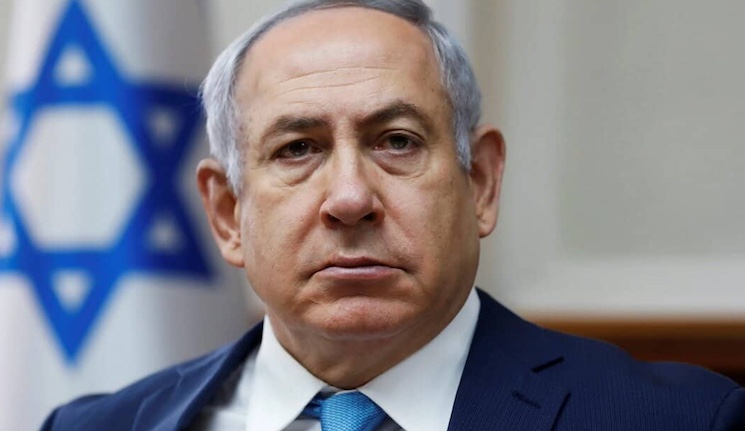Tesla Driver Chased at 120 MPH on Utah Highway by Suspect With Outstanding Warrants – Police
Scientists Warn CT Scans Are Actually Causing Cancer

A groundbreaking study from the University of California reveals that CT scans, widely used for medical imaging, may cause one in 20 cancers, with young children facing a tenfold higher risk. This alarming finding underscores […]
The post Scientists Warn CT Scans Are Actually Causing Cancer appeared first on The People’s Voice.
Top Nuclear Scientist Says Global Warming Is a ‘Depopulation Hoax’

Nuclear scientist Digby Macdonald has sparked controversy by labeling global warming a “depopulation hoax,” asserting that carbon dioxide (CO2) does not primarily drive temperature changes. In a bold challenge to mainstream climate narratives, he argues […]
The post Top Nuclear Scientist Says Global Warming Is a ‘Depopulation Hoax’ appeared first on The People’s Voice.
Israel Readies Nuclear Strike to ‘Obliterate Iran’

Israel is preparing a potential nuclear strike to obliterate Iran’s nuclear facilities in the coming months, defying Washington’s opposition to military action, Reuters reported, citing sources familiar with the matter. The deliberations follow the conclusion […]
The post Israel Readies Nuclear Strike to ‘Obliterate Iran’ appeared first on The People’s Voice.
